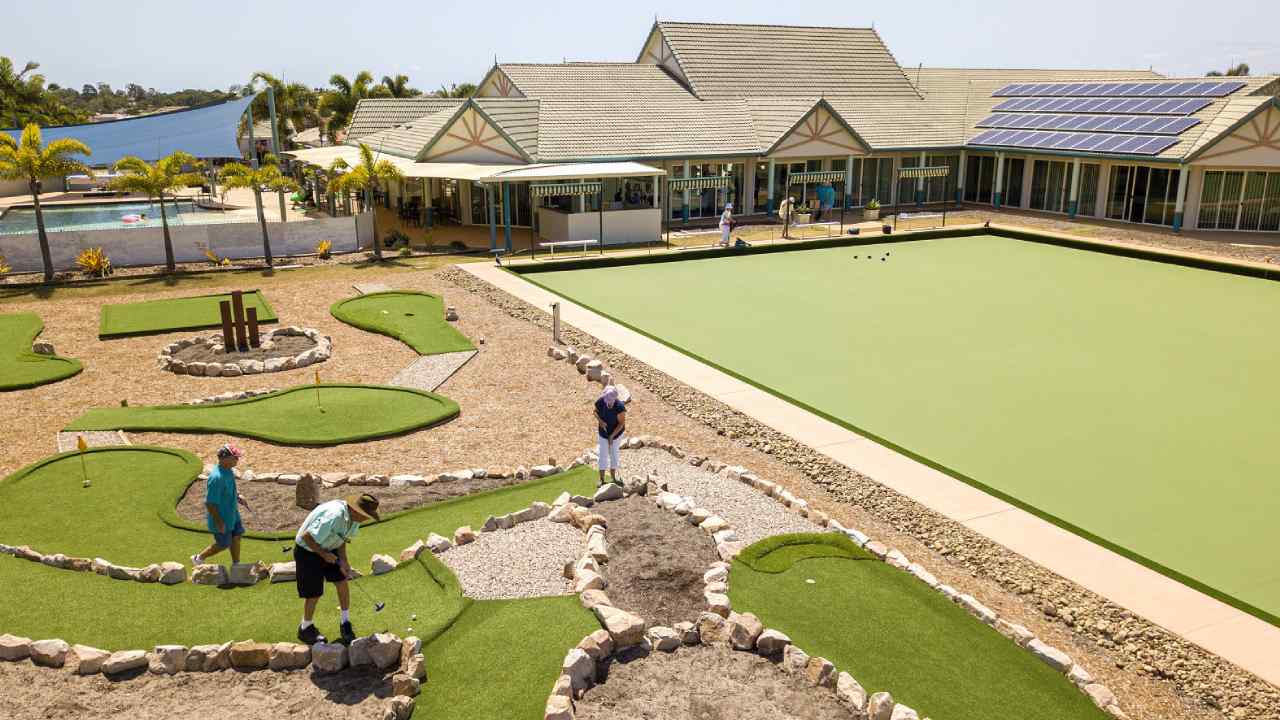Heart disease is a major cause of death. It’s also one of the leading causes of disability, and it can affect anyone at any age. Eating a heart-healthy diet is an important way to prevent heart disease, but it’s also important to understand what that means. While there are some general guidelines on what makes a heart-healthy diet (more on those later) when staying at the lifestyle retirement village , there isn’t just one “right way” to eat healthily. A doctor or nutritionist can help you figure out which foods will work best for your lifestyle and goals—but first, they need to know what your lifestyle is like!
Eat plenty of fibre
When it comes to eating heart healthy and setting a good example for your kids, fibre is an important part of the equation. Fibre helps with digestion and can help you feel more satisfied after eating. This means you’ll likely eat less food overall, which can lead to weight loss over time—and that’s just one benefit! Fibre also helps promote heart health by reducing cholesterol levels in blood vessels (a major factor for developing atherosclerosis).
There are two types of fibre: soluble and insoluble. Soluble fibre dissolves into a gel-like substance in water that slows down digestion, lowering your risk for diabetes and cancer because it stabilizes blood sugar levels throughout the day as well as provides long-lasting energy between meals; insoluble fibre doesn’t dissolve into the water at all but instead works its magic when it reaches the large intestine where it absorbs water from fecal matter like a sponge so that waste exits faster—this may help prevent constipation or diarrhea (depending on the type).
Eat more omega-3s
You should eat more omega-3 fatty acids. These nutrients are important for heart health, and they help lower triglycerides, which can lead to a stroke or heart attack. Omega-3s also help to lower blood pressure and improve your cholesterol profile.
The best sources of omega-3 fatty acids are fish and fish oil supplements. Other foods that contain omega-3s include flaxseed oil, walnuts, chia seeds, flaxseeds (whole or ground), kale, spinach and broccoli (florets).

Don’t forget the calcium
Although calcium is often associated with dairy products, it’s also found in other foods. Dark leafy greens such as kale and spinach are great sources of calcium. Other good vegetarian sources include tofu and almonds as well as beans. Calcium is also an important component in fortified foods like orange juice, soy milk, cereals and some juices.
Regular exercise
Regular exercise at lifestyle retirement village can help prevent heart disease — and it’s a great way to keep your body healthy in general. Exercise helps reduce stress, improves sleep quality and mood, improves energy levels and can help prevent weight gain (or even cause weight loss). It’s also been found to be good for the brain; studies have shown that those who exercise regularly are at less risk of developing Alzheimer’s disease or dementia when they get older.
Conclusion
The key to eating heart healthy is knowing what and why you are eating. It’s important to understand that there is no magic pill or one-size-fits-all diet for everyone. With a little research and planning, anyone can start eating better for their heart today at lifestyle retirement village!

